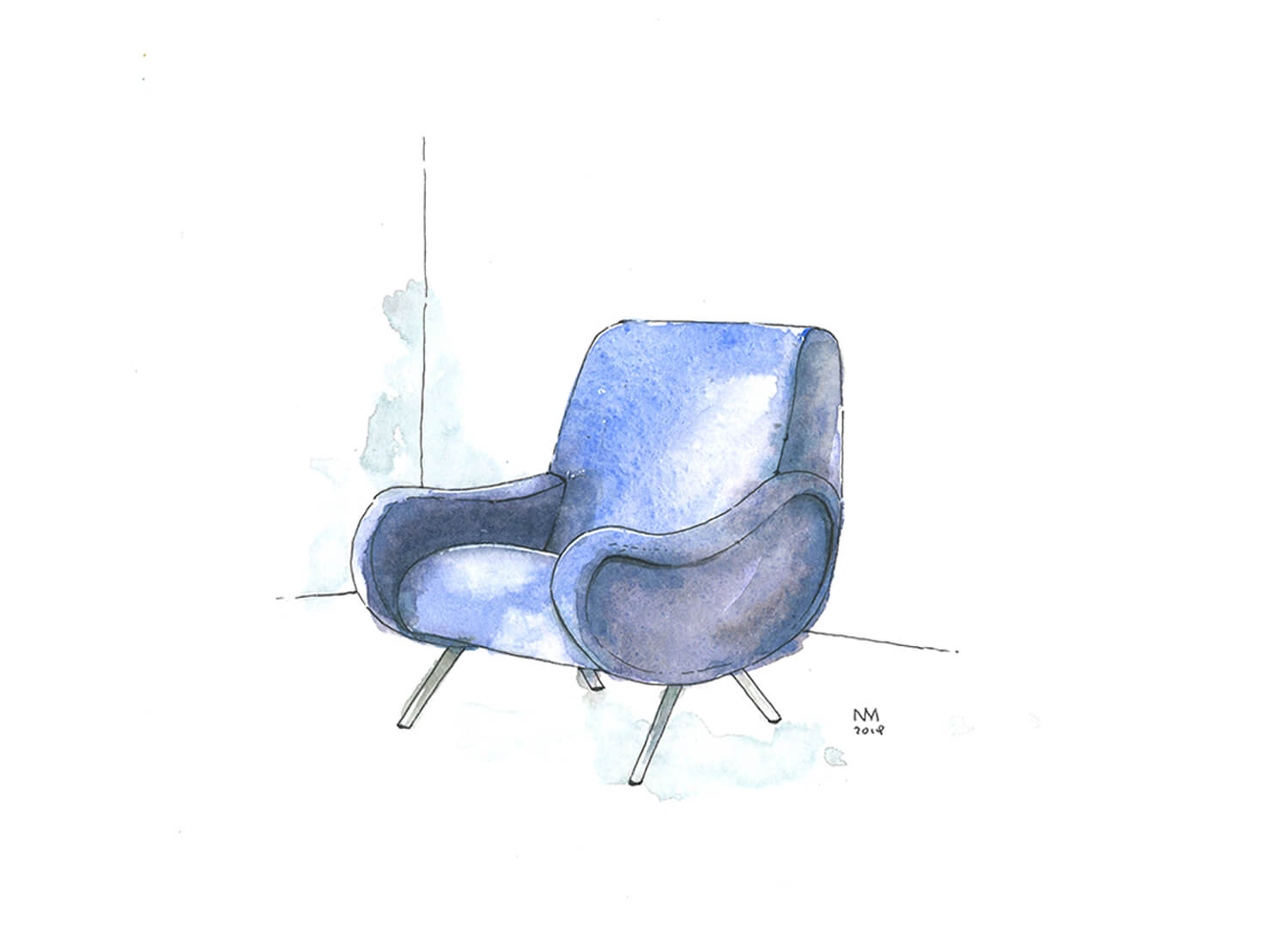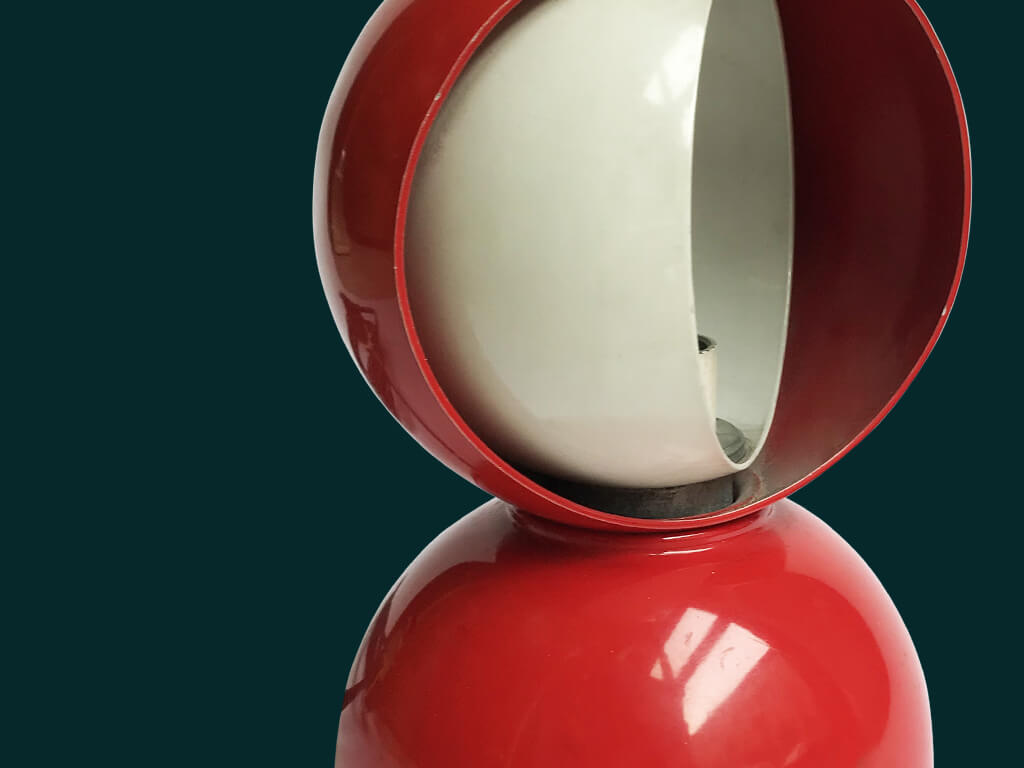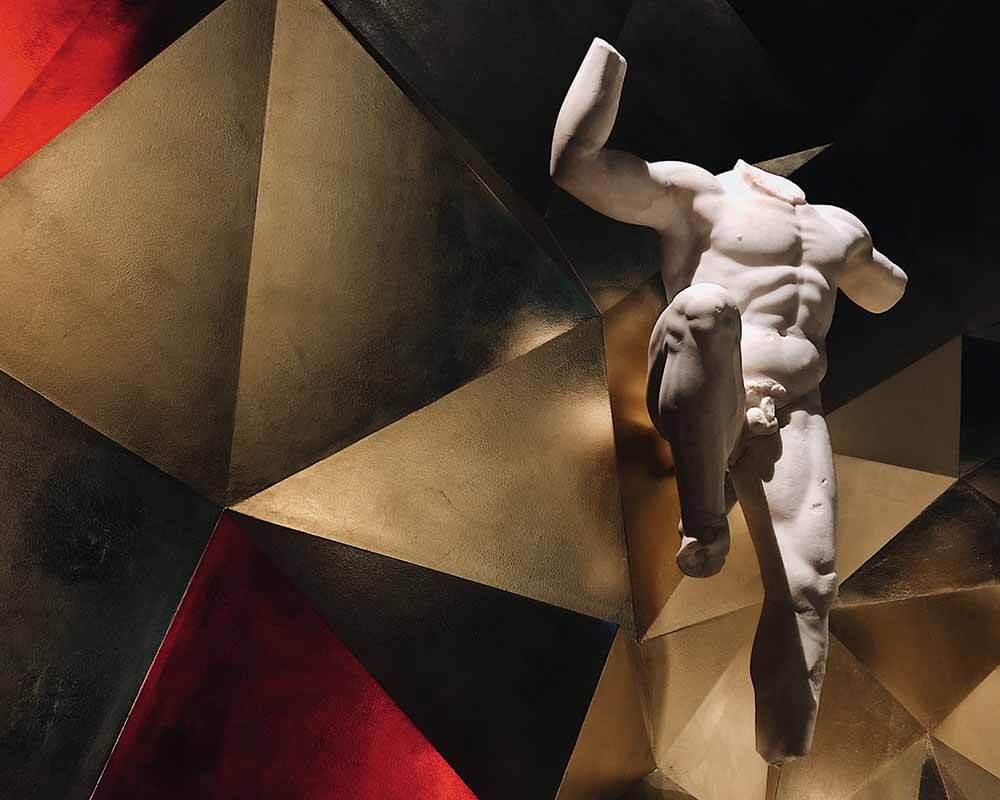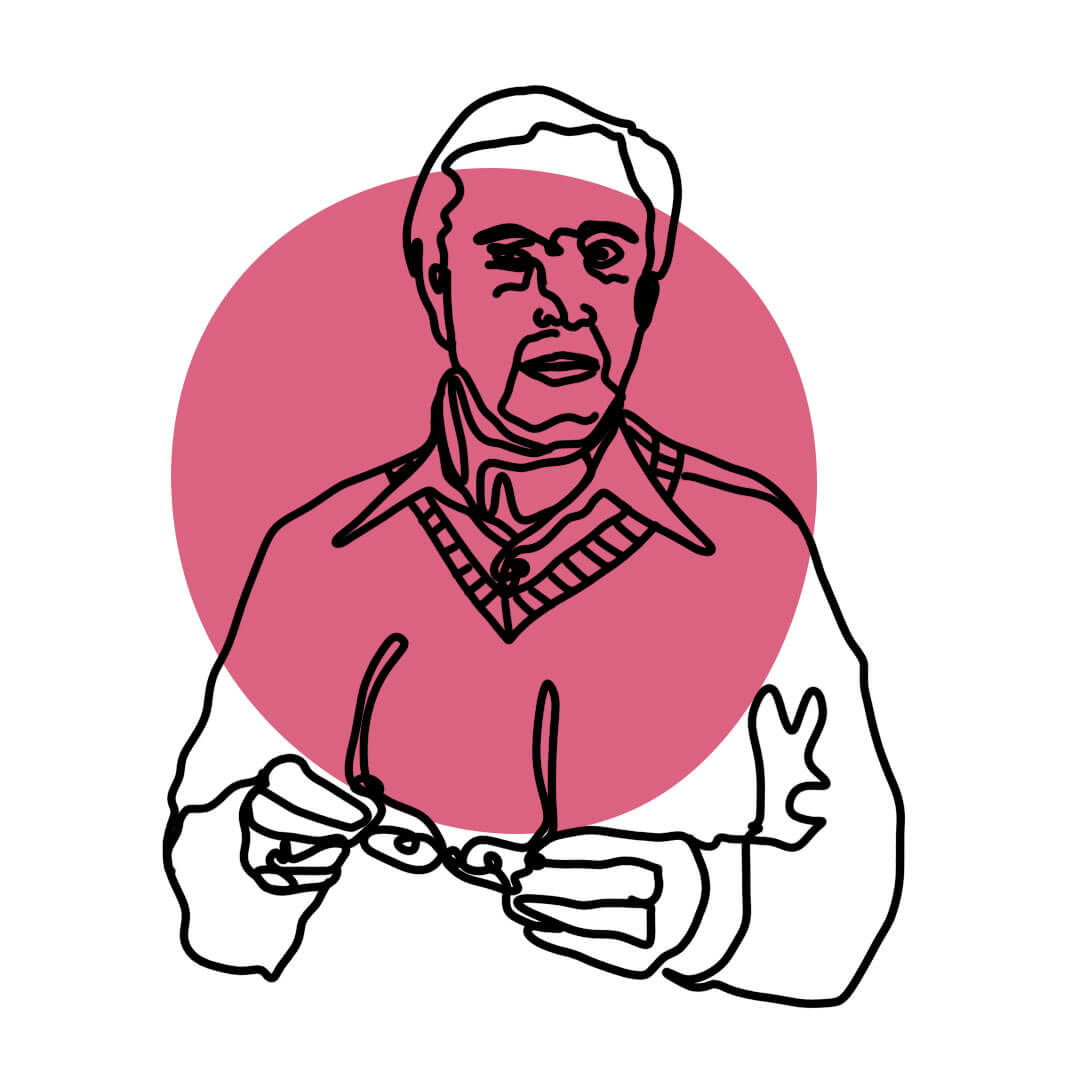Elegance and lightness, simplicity and personality identify the pieces of furniture signed by Home, a company that produced furniture on an industrial scale that was active in Turin between the 50s and 60s. By observing the brand's logo itself these aspects come to light. If in your vintage wanderings you have noticed an oval-shaped mirror in bent teak wood, or you've been particularly tempted by a table resembling a bench with ends curving upwards, if you have remarked the same cure in the shelves of some bookshelves of the time, it is likely you've come across a piece signed by Franco Campo and Carlo Graffi, who were the founders of the Home in 1956.
From this brand a vast collection of furnishings was born, from the smallest details such as magazine racks and side tables to seats made of lacquered iron rod and teak wood; from sideboards equipped with practical sliding doors, up to transformable and versatile furniture systems.
"Democratic design" is one of the definitions that are often compared to the work of this interesting Turin duo, precisely because, after the foundation of their furniture atelier Home, Campo and Graffi they wanted to emphasize that their attempt was to make design accessible to everyone: an intention that found reason to be also on the wave of the successes and enthusiasm that the arrival of Scandinavian design began to collect in Italy in those years.
The style of Campo e Graffi is well summarized by the archive images available online, and in particular the photos relating to the Home booth inside the second Salone del Mobile Italiano in 1962, which highlighted the production of mirrors, benches and chairs showing rigorous design, mainly based on the combination of teak and black metal. A catalog of pieces that immediately met with considerable success, and were reviewed in important interior design magazines of the time.
It could be said that the elegantly essential style of the furniture that bears the signature of Campo and Graffi is inspired by the duo's hometown, Turin, but this would nevertheless be an understatement: it is indeed curious to discover the other face of the creations by Campo and Graffi, those that are closest to the "Mollinian" imprint, and which therefore exhibit winding lines close to the spirit of organic design, a fil rougle which, with its strong personality, is once again a piece de resistence of vintage furniture. The connection with poliedric Turinese designer Carlo Mollino is in fact very relevant to contextualize the multifaceted work of our duo...
Franco Campo (Turin, 1926) and Carlo Graffi (Turin, 1925 - 1985), met as university students at the Polytechnic of Turin, and both studied engineering and architecture under Carlo Mollino. Following their graduation in 1950, they continued to collaborate with their professor by becoming involved with him in architectural and design projects. In Campo and Graffi's early works, Mollino's influence is really evident through the use of supine curves and organic materials that are reflected, for example, in iconic pieces by Campo and Graffi such as the Millepiedi table, in which the glass top is supported by the bending wooden structure.
Among the projects and collaborations of the duo alongside Mollino, we recall the interior design of the ENI pavilion at the Milan Trade Fair in 1954: an intriguing environment, similar to a colorful collage with illusory spaces combined with floors of clear two-dimensionality, in which the three architects collaborated alogside famous graphic designer Max Huber, who dealt with the graphic identity of several prestigious companies at the time.
The 50s were the most multifaceted, when the duo started to design custom-made interiors and furniture, resulting in collaborations with decorators, shops and private customers. Their furniture became more rigid, sculptural and innovative, emphasizing the joints and the construction of forms, but didn't lose the originality and attention to detail of the Mollinian school. In an attempt to make good design available to everyone, Campo and Graffi mainly focused on teak furniture, as well as on designs imported from Scandinavia, making Home a successful business, with offices and prestigious stores open between Rome, Turin and Genoa.
Tragically, a fire completely destroyed the factory in 1964, ending both Home and the collaboration between Campo and Graffi. After the separation, Graffi continued to work with Carlo Mollino and Campo continued to design furniture and interiors. Although their period of collaboration was rather short, Home's projects have conquered their place in the history of made in Italy design, and are now very popular within the international vintage market, which reads in them an example of a fertile encounter between wide-open and avant-guarde minds.
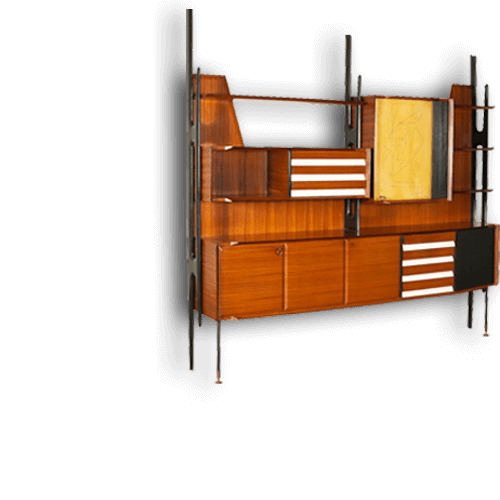
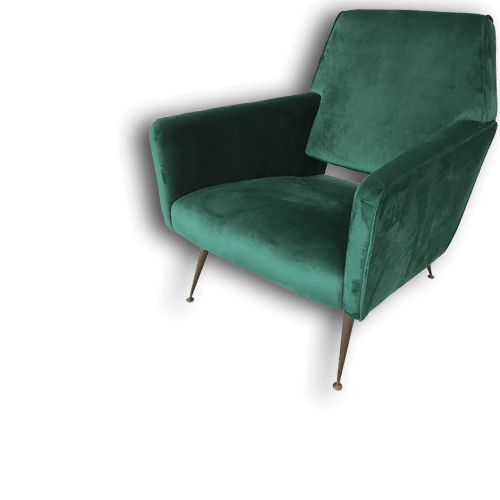



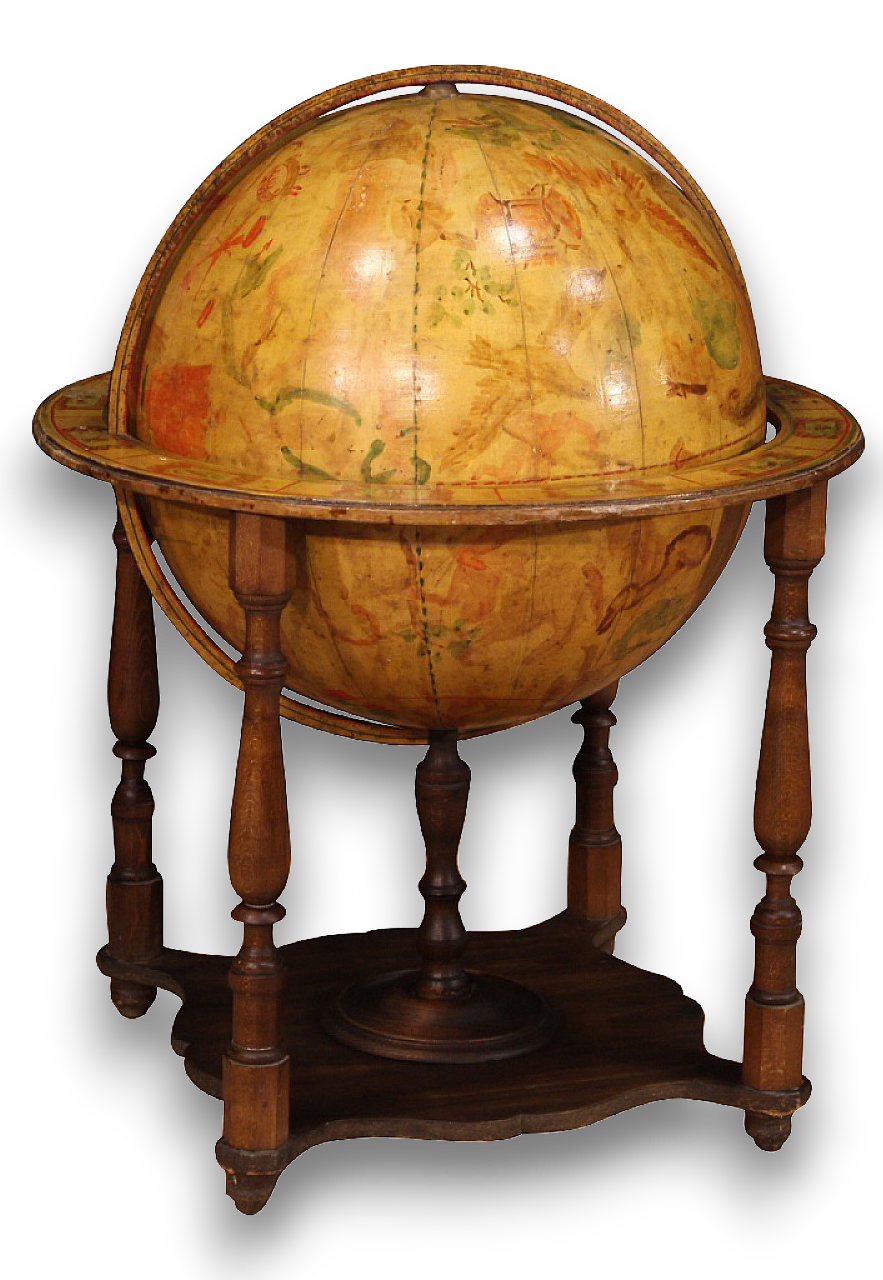
.png)
